Select an Orthopaedic Specialty and Learn More
Use our specialty filter and search function to find information about specific orthopaedic conditions, treatments, anatomy, and more, quickly and easily.
GET THE HURT! APP FOR FREE INJURY ADVICE IN MINUTES
Shoreline Orthopaedics and the HURT! app have partnered to give you virtual access to a network of orthopaedic specialists, ready to offer guidance for injuries and ongoing bone or joint problems, 24/7/365.
Browse Specialties
-
- Neck and Back (Spine)
- Pediatric Injuries
Backpack Safety
Backpacks that are too heavy or are worn incorrectly can cause a variety of problems for people of any age, especially children and teenagers. An improperly used backpack can injure muscles and joints, leading to severe back, neck and shoulder pain, as well as posture problems. However, backpacks do not cause scoliosis.
More Info -
- Elbow
- Muscle Disorders
- Sports Medicine
Biceps Tendon Tear at the Elbow
Most often caused by sudden injury, a biceps tendon tear at the elbow tends to result in greater arm weakness than injuries to the biceps tendon at the shoulder. Without use of the biceps tendon, other arm muscles will make bending the elbow possible, however, these muscles cannot fulfill all elbow functions.
More Info -
- Joint Disorders
- Ligament Disorders
- Muscle Disorders
- Shoulder
Chronic Shoulder Instability
Chronic shoulder instability is the persistent inability of these tissues to keep the arm centered in the shoulder socket, so the shoulder is loose and slips out of place repeatedly. Once a shoulder has dislocated, or the shoulder’s ligaments, tendons and muscles become loose or torn, that shoulder is vulnerable to repeated dislocations.
More Info -
- Physical Medicine & Rehabilitation (PM&R)
Fibromyalgia
Fibromyalgia is a condition characterized by widespread pain and tenderness to the touch. Other symptoms commonly associated with fibromyalgia are fatigue, waking unrefreshed, depression, anxiety and memory problems. Numbness and tingling, weakness, urinary frequency, diarrhea and constipation may be present, as well.
More Info -
- Hand & Wrist
- Joint Disorders
Ganglion Cyst
A ganglion cyst is a fluid-filled mass or lump. Although they can develop in various locations, the most common location is on the back of the wrist. Ganglion cysts are not cancerous. In most cases, ganglion cysts are harmless and do not require treatment. If, however, the cyst becomes painful, interferes with function, or has an unacceptable appearance, several treatment options are available.
More Info -
- Joint Disorders
- Knee
- Pediatric Injuries
- Sports Medicine
Jumper’s Knee
Repetitive contraction of the quadriceps muscles in the thigh can stress the patellar tendon where it attaches to the kneecap, causing inflammation and tissue damage (patellar tendinitis). For a child, this repetitive stress on the tendon can irritate and injure the growth plate, resulting in a condition referred to as Sinding-Larsen-Johansson disease.
More Info -
- Joint Disorders
- Knee
- Pediatric Injuries
- Sports Medicine
Osteochondritis Dissecans (OCD)
Osteochondritis dissecans (OCD) is a joint condition that occurs when a small segment of bone separates from its surrounding region due to a lack of blood supply. As a result, the bone segment and cartilage covering it begin to crack and loosen. OCD develops most often in children and adolescents, frequently in the knee, at the end of the femur (thighbone).
More Info -
- Foot & Ankle
- Pediatric Injuries
Pes Plano Valgus (Flexible Flatfoot in Children)
When a child with flexible flatfoot stands, the arch of the foot disappears. The arch reappears when the child is sitting or standing on tiptoes. Although called “flexible flatfoot,” this condition always affects both feet.
More Info -
- Hip
- Neck and Back (Spine)
- Physical Medicine & Rehabilitation (PM&R)
Sciatica
Most common between 30 and 50 years of age, sciatica is a pain in your lower back or hip that radiates to the back of your thigh and into your leg. Often people think that the source of the pain is the buttock, hip or thigh and seek medical care for a “hip” problem only to learn that the source of the pain is the lower back.
More Info -
- Fractures, Sprains & Strains
- Sports Medicine
Stress Fracture
Stress fractures are common sports injuries that occur due to overuse. As muscles become increasingly fatigued and less able to absorb the added shock of a sports activity, the overload of stress is eventually transferred to the bone, resulting in a tiny crack called a stress fracture.
More Info -
- Joint Disorders
- Knee
Unstable Kneecap (Patella Instability) Procedures
In a normal knee, the kneecap fits nicely in the femoral groove, allowing you to walk, run, sit, stand, and move easily. But if the groove is uneven or too shallow, the kneecap can slide off, resulting in a partial or complete dislocation. A sharp blow to the kneecap, as in a fall, can also pop the kneecap out of place. When this happens, the MPFL is usually torn and this makes it more likely for it to happen again.
More Info

